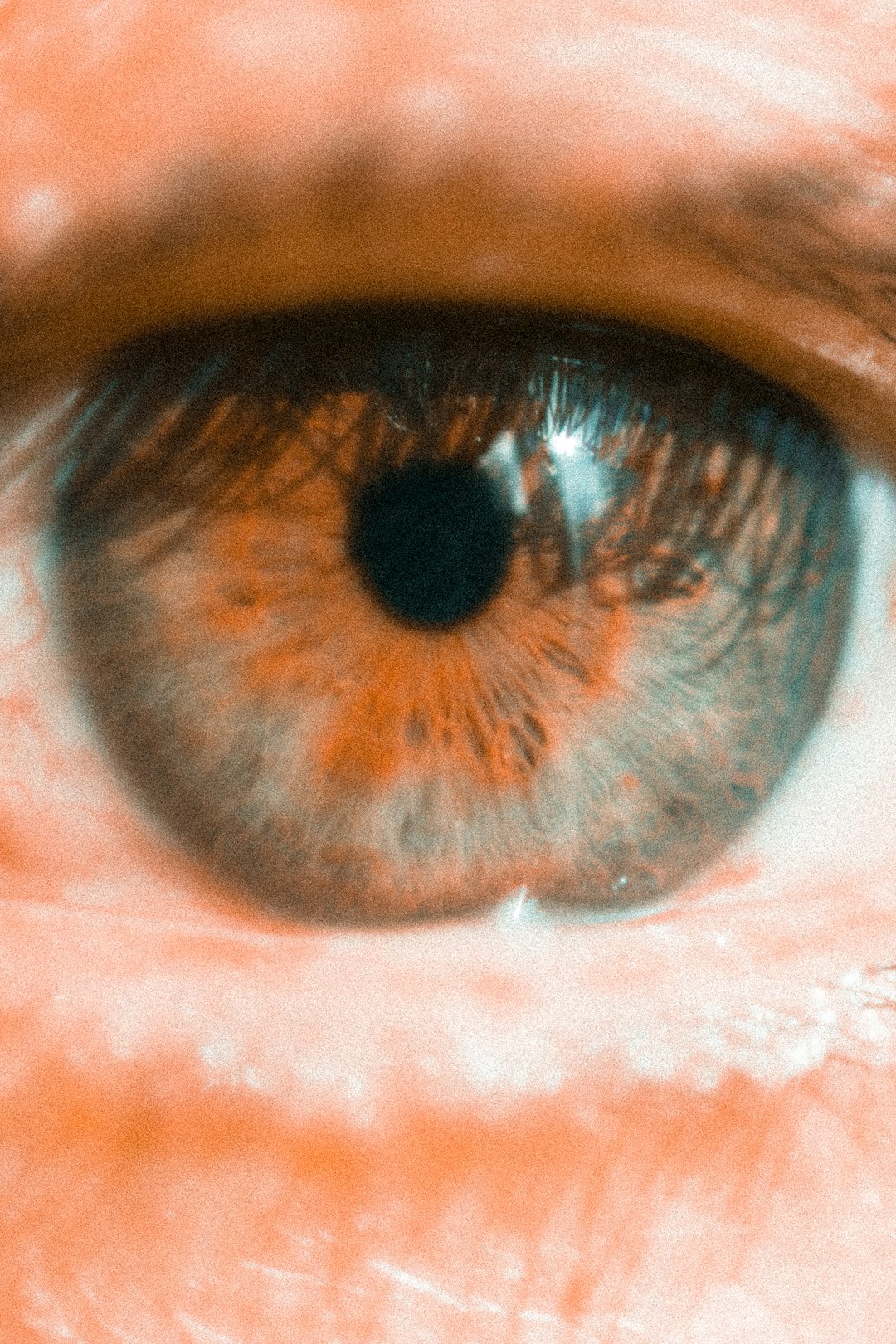In still life retouching, it is essential to understand that you will not be dealing with a live model who can express emotions. As such, when you are dealing with these inanimate objects, the chief duty of the artist doing the retouching is to use his or her skills to enhance their quality and appearance. In addition, the artist is also responsible for making the object look alive, create the right accents and showcase the concept of the shot.
Remaining Realistic
The most significant aspect of still life retouching is using light patches, realistic textures and keeping the ideal form. Still life photos are typically used in advertising, promotional or editorial shoots. As such, it is vital to highlight the brightest and most interesting details of the product; this will help with catching the attention of the intended audience. It should be noted that regardless of the steps involved in the retouching process, the product or object must retain its realistic look.
The Process
Still life retouching is quite an involved process. This is because the tiniest details in any object being retouched must stand out in the end. Every detail is important and none should be left out during the retouching process. This is especially true for objects and products that are known for certain details and characteristics.
Background
When it comes to still life photo shoots, the background is extremely important to the overall look of the object. The background can be plain and understated to ensure that the object gets all of the focus. For other pieces, there is the option of having backgrounds with a more prominent texture and overall design. This is usually used as a meaning of adding contrast to the piece and can be achieved by mixing different textures. Whichever background is used, whether plain or textured, the main focus of the piece must be the object.
Essentially, all surfaces and objects can be divided into the categories of glossy and non-glossy. Each of the categories requires a special type of work style, expertise and knowledge. For example, the main piece of work for the glossy objects must have light patches and their reflecting qualities must be taken into consideration. When it comes to glass, transparency should be added to the list.
For non-glossy objects, working out the shade shifts and tones is very important. During the process of retouching, the main focus should be ensuring the realistic texture is not lost. This includes the smoothness of the glass, shine of metal, shades of lavish leather and soft characteristics of plastics.





